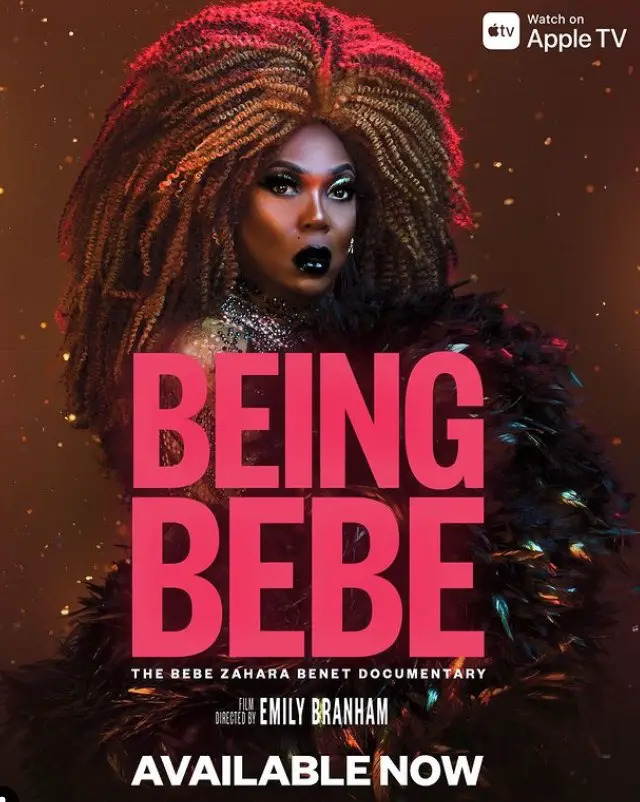Nea Marshall Kudi Ngwa became a drag superstar under the stage name BeBe Zahara Benet.
Emily Branham has been following his work for the past fifteen years. However, a COVID-led halt allowed BeBe to reflect on the past, from becoming the first winner of the hit reality shows RuPaul's Drag Race, created by legendary Emmy-winning drag queen RuPaul Charles to the hardships and tribulations of attempting to make a living as an artist in New York City.
Now in 2022, the revolutionary and more diverse drag queen competition show continues to win Emmys, gain mainstream pop-culture recognition, generate worldwide spinoffs, and draw new fans while keeping the diehards who have supported it since its humble 2009 beginnings.
Perhaps the VH1 show wouldn't be as popular as it is today if it hadn't been for the effect of its inaugural champion, BeBe Zahara Benet. BeBe is a trailblazing artist and performer with a powerful story — one that will inspire others to shoot for the stars in hopes of achieving their own queer American dream. She paved the way for beloved winners like Jinkx Monsoon (Season 5), Bob the Drag Queen (Season 8), Aquaria (Season 10), and Jaida Essence Hall (Season 12).
Director Emily Branham's inspirational documentary Being BeBe follows RuPaul's Drag Race winner and Drag Race All Stars 3 finalist as she reflects on her effervescent life in and out of the spotlight over the course of 15 years. It even received a perfect score on Rotten Tomatoes. tens, tens, tens, tens, tens, tens, tens, tens
BeBe opened out about her odd drag beginnings tale and advice for baby drag queens wanting to find their path in an exclusive conversation with Distractify. Let's talk about how and why BeBe got into drag in the first place.
Why BeBe Zahara Benet Became Drag Superstar?
BeBe was a male model before she became the "graceful, lovely creature" we know today, as RuPaul phrased it in 2009. Obviously. While the circumstances that led to the birth of BeBe Zahara Benet the drag performer were undoubtedly coincidental, she does not believe it was so. It was fated to happen.
When several of the women models didn't show up for a job modeling for an African designer in France in the "1990s," BeBe — who was only modeling men's goods at the time — stepped in to save the day. Despite the fact that the 1990s were a different era in terms of gender fluidity and nonbinary representation in the public consciousness, BeBe mentioned how receptive everyone was to a "male model" displaying a frock on the catwalk.


